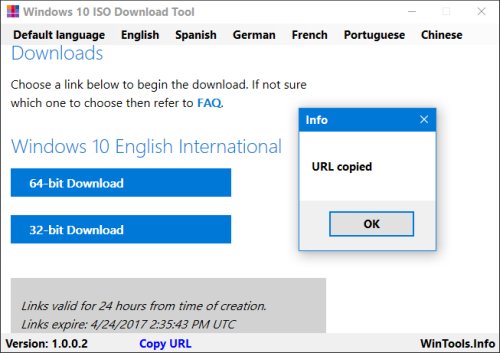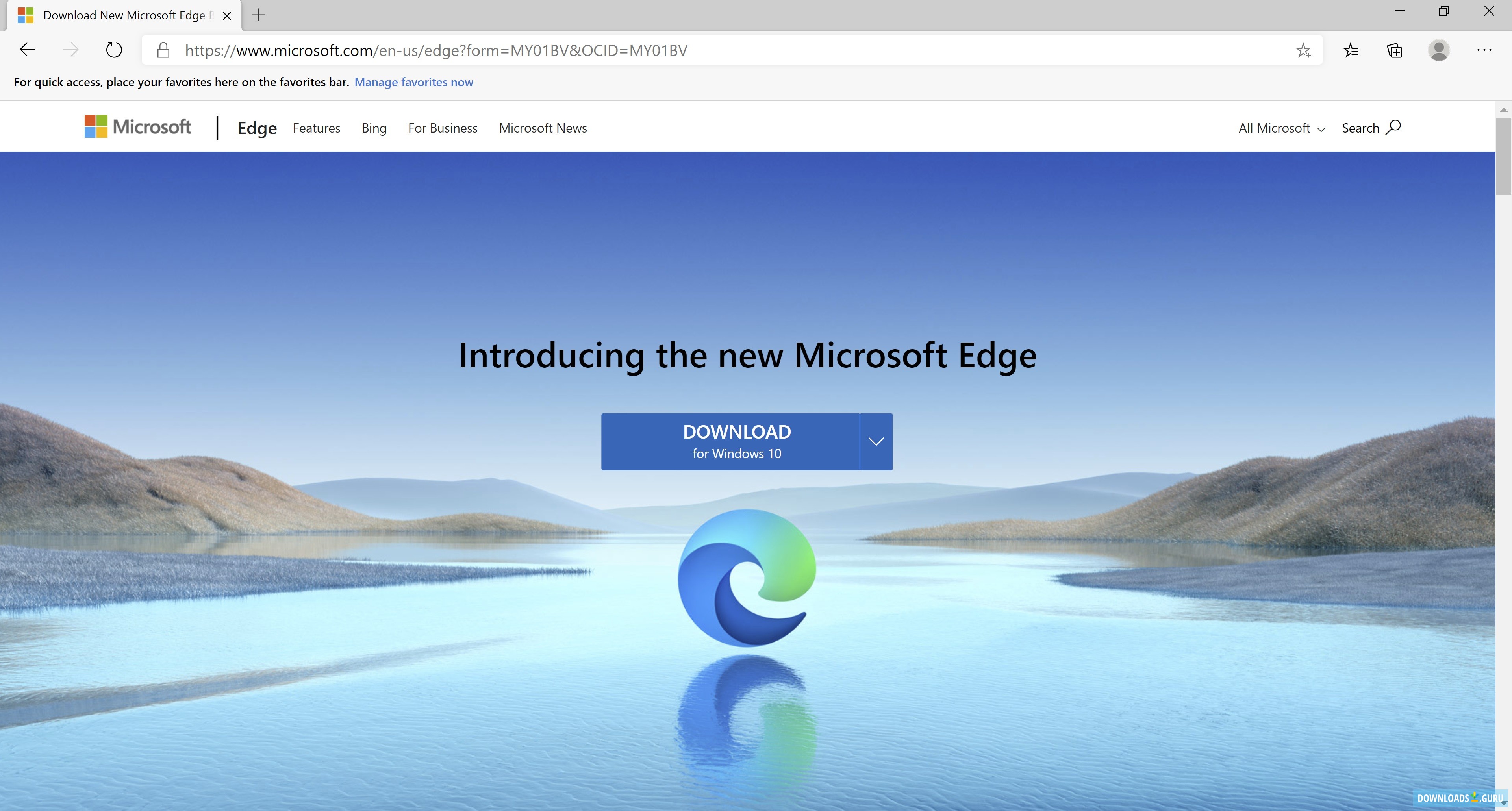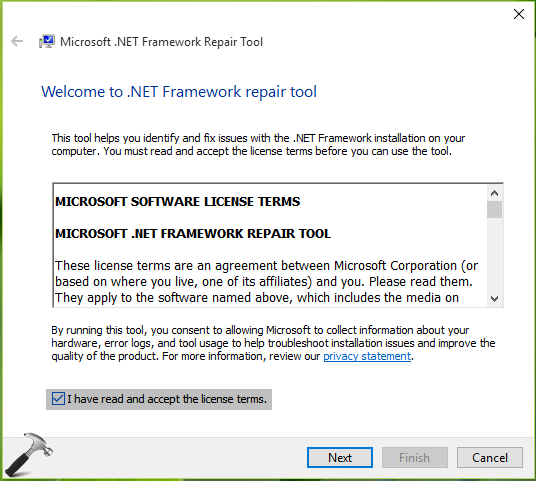10 product keys, meaning they could be entered during installation to activate the free license, without the need to upgrade first to "activate" the hardware with Microsoft's activation servers. Other critics argued that Microsoft should not have triggered any downloading of Windows 10 installation files without user consent. The upgrade offer was marketed and initiated using the "Get Windows 10" application, which was first downloaded and installed via Windows Update in March 2015.
Third-party programs were also created to assist users in applying measures to disable GWX. If nothing works, you can always download and upgrade to Windows 10 version 21H1 using Media Creation Tool. This tool was released way back in 2015 and it still allows users to install updates without any problems. It can also be used to update other devices without removing personal files or apps. In March 2016, some users also alleged that their Windows 7 and 8.1 devices had automatically begun upgrading to Windows 10 without their consent.
In June 2016, the GWX dialog's behavior changed to make closing the window imply a consent to a scheduled upgrade. It was concluded that these users may have unknowingly clicked the "Accept" prompt without full knowledge that this would begin the upgrade. The new Start menu takes after Windows 7's design by using only a portion of the screen and including a Windows 7-style application listing in the first column. The second column displays Windows 8-style app tiles. Myerson said that these changes would occur in a future update, but did not elaborate.
Windows Phone 8.1 would share nearly 90% of the common Windows Runtime APIs with Windows 8.1 on PCs. The tool will suggest a language, edition, and architecture for Windows based on information about the PC on which the tool is running. The tool also won't recommend options; you have to select them yourself. Anyone can now manually download and install the Windows 10 May 2019 Update using the Windows 10 Media Creation tool which has been found on Microsoft's servers and is publicly accessible. This tool allows people to create bootable Windows installation media, usually a USB pen drive or DVD, in order to perform a clean installation.
Users need to have a valid Windows 10 license already. Microsoft has announced that it is slow-tracking the rollout of the May 2019 Update, also known as Windows 10 version 1903, so that it can collect data about potential conflicts and bugs before too many people are affected. The OS restricts software installation to applications obtained from Microsoft Store; the device may be upgraded to Windows 10 Pro for a fee to enable unrestricted software installation.
As a time-limited promotion, Microsoft stated that this upgrade would be free on the Surface Laptop until March 31, 2018. Windows 10 S also contains a faster initial setup and login process, and allows devices to be provisioned using a USB drive with the Windows Intune for Education platform. Unlike third-party software like Driver Booster Free and IObit Software Updater, Windows Media Creation Tool is available on the Microsoft Store. The primary focus of the program is to install the latest OS version and updates.
In order to accomplish this goal, you need to run the program as an admin. Additionally, you need to accept the license terms and notices before choosing the specific action. With the tool, you can either create an installation media on USB or upgrade the PC. Ian Paul/IDGOnce the tool is downloaded, double-click the MediaCreationTool.exe file to launch it. After clicking through the licensing agreement, you'll have the option either to upgrade your current PC or create installation media. We want the latter, so select the radio button labeled Create installation media for another PC and click Next.
Feature updates prior to version 1909 are distributed solely as an in-place upgrade installation, requiring the download of a complete operating system package (approximately 3.5 GB in size for 64-bit systems). Unlike previous builds, version 1909 is designed primarily as an update rollup version of 1903, focusing primarily on minor feature additions and enhancements. For upgrades to 1909 from 1903, a new delivery method is used where its changes were delivered as part of the monthly cumulative update, but are left in a dormant state until the 1909 update "enablement" patch is installed.
The full upgrade process is still used for those using builds prior to 1903. This edition is designed for "special-purpose devices" that perform a fixed function . For this reason, it excludes Cortana, Microsoft Store, and all bundled Universal Windows Platform apps . 10 Home and Pro is "Semi-Annual Channel " (formerly "Current Branch", or "CB"), which receives stable builds after they are publicly released by Microsoft.
Each build of Windows 10 is supported for 18 months after its original release. A new iteration of the Start menu is used on the Windows 10 desktop, with a list of places and other options on the left side, and tiles representing applications on the right. The menu can be resized, and expanded into a full-screen display, which is the default option in Tablet mode. A new virtual desktop system was added by a feature known as Task View, which displays all open windows and allows users to switch between them, or switch between multiple workspaces.
Universal apps, which previously could be used only in full screen mode, can now be used in self-contained windows similarly to other programs. Program windows can now be snapped to quadrants of the screen by dragging them to the corner. When a window is snapped to one side of the screen, Task View appears and the user is prompted to choose a second window to fill the unused side of the screen (called "Snap Assist"). Windows 10 received generally positive reviews upon its original release.
If you want to do a new installation of Windows 10 then you can download the Windows 10 Windows Media Creation tool. This will automatically download Windows and create a bootable media like USB or DVD for you. The media creation tool acts as a Windows 10 download tool plus a bootable USB builder.
You can perform a clean install as well as upgrade your current installation. Finally, choose whether to download the 32-bit or 64-bit version of the product. Clicking either download button will initiate the download using the ISO download tool, so you'll need to keep it open until the download finishes. Alternatively, you can use the "Copy Link" buttons to the right to copy the direct download link to your clipboard and then download the file using your browser. Either way, note that most links generated by the tool are only valid for 24 hours, though you can always come back and generate new links. Unlike other utility tools like Windows 7 USB DVD Download Tool and Windows 10 ISO Tool, this one gives you more flexibility.
As such, you can choose between 64-bit or 32-bit operating systems, preferred language, OS edition, and more. The program lets you manually make selections or provides recommended options for your PC. Once the installation process is complete, you can even save the file to an external hard disk. Before initiating the installation process, the program displays license terms and applicable notices.
From here, you can either choose to select the 'Upgrade This PC' button or 'Create Installation Media' button. While the former allows you to upgrade the existing version of your Microsoft Windows operating system, the latter lets you create an ISO file for installation on a USB drive. Extended support until January 13, 2032The original release of Windows 10 receives mainstream support for five years after its original release, followed by five years of extended support, but this is subject to conditions. Microsoft stated that these devices would no longer receive feature updates, but would still receive security updates through January 2023. Microsoft will continue to support at least one standard Windows 10 release until October 14, 2025.
Windows 10 introduces Microsoft Edge, a new default web browser. It initially featured a new standards-compliant rendering engine derived from Trident, and also includes annotation tools and integration with other Microsoft platforms present within Windows 10. Internet Explorer 11 is maintained on Windows 10 for compatibility purposes, but is deprecated in favor of Edge and will no longer be actively developed. In January 2020, the initial version of Edge was succeeded by a new iteration derived from the Chromium project and the Blink layout engine and the old Edge based on EdgeHTML is now called 'Microsoft Edge Legacy'. The legacy version of Edge is currently being replaced by the new Chromium-based Edge via Windows Update, though this version can also be downloaded manually.
Every Windows 10 version from 20H2, which was released on October 20, 2020, will come with the new version of the browser preinstalled. The Windows 10 October 2020 update added a price comparison tool to the Edge browser. Prepare a blank USB flash drive with at least 8 GB and connect it to your PC.
Download the free Windows 10 media creation tool from the Microsoft's official website and run the tool. On the What do you want to do page, select Create installation media for another PC. Then select language, Windows Edition, and Architecture for the installation media. On Choose which media to use page, select USB flash drive and follow the prompts to create the bootable USB drive. You can get Windows 10 media creation tool by visiting the Microsoft Media Creation Tool website.
Then click the Download tool now button from the webpage. Then install and run the application on your PC. After that, you can choose to create installation media for another PC or upgrade Windows 10 with Windows 10 media creation tool. You can reinstall Windows from scratch using the product key that came with your PC, but you'll have to find installation media yourself.
Microsoft offers free ISO files for downloading; you just have to know where to look. If you want to have a backup of Windows 11 installation files or plan to install the OS on a virtual machine, you need to get the ISO file. An ISO is a file format that stores the contents of a physical disk (CD, DVD, or Blu-ray).
Typically, software companies use this file format as a medium to distribute the apps and tools without the need to make available a physical media, which can be costly, time-consuming, and wasteful. As of the May 2019 update, the minimum disk space requirement has been increased to 32 GB. In addition, on new installations, Windows permanently reserves up to 7 GB of disk space in order to ensure proper installation of future feature updates. Unlike previous versions of Windows, Windows Update does not allow the selective installation of updates, and all updates are downloaded and installed automatically.
Users can only choose whether their system will reboot automatically to install updates when the system is inactive, or be notified to schedule a reboot. Version 1703 allows wired networks to be designated as metered, but Windows may still download certain updates while connected to a metered network. Now when I boot it through Rufus for GPT partition. While installing window it say format USB Drive as FAT32. When I Click FAT32 option in Rufus, it automatically change to NTFS when I select iso file. You can easily access any version of Windows 10 from this Microsoft download link.
The problem with this link is that if you open the link on a Windows 10 PC, it will automatically detect and force the user to download the media creation tool first. The media creation tool can download the ISO but it is not a very pleasant experience. If you want to use the download manager, then you will need the direct download links. The most important thing to remember is that the Windows 7 to Windows 10 upgrade could wipe your settings and apps. There's an option to keep your files and personal data, but because of differences between Windows 10 and Windows 7, it's not always possible to keep all of your existing apps. Make sure you've noted what apps you use regularly so you can easily obtain them by downloading the installers again.
Windows 8.1 can also be upgraded the same way, but without needing to wipe your apps and settings. Hit the 'Next' button, choose the 'USB Flash Drive' option, then select your flash drive from the list. Hit 'Next' one more time, then 'Finish' and the tool will begin the process of downloading Windows 10 and creating the USB installation drive. If you're planning to install or upgrade a Windows operating system on your PC, there's no better tool than Windows Media Creation Tool. It not only provides you with bootable installers and updatesbut ensures all the files remain uncorrupted.
The only drawback is that the Media Creation Tool doesn't let you downgrade to previous OS versions without their specific installer. Overall, it's an excellent choice and doesn't cause any lags or crashes during the installation process. Ian Paul/IDGIf you need to change anything such as the default language, edition of Windows 10 , or the architecture (32- or 64-bit), deselect the check box labeled Use the recommended options for this PC.
The change most users will likely need to make is to the architecture. If you try to upgrade a 32-bit PC with a 64-bit version of Windows, for example, it won't work. Once you've made the necessary changes, clickNext. According to Dona Sarkar, this was due to "an inadvertent deployment to the engineering system that controls which builds/which rings to push out to insiders." Starting with Windows 10 version 2004, Microsoft will require new OEM devices to use 64-bit processors, and will therefore cease the distribution of x86 (32-bit) variants of Windows 10 via OEM channels. The 32-bit variants of Windows 10 will remain available via non-OEM channels, and Microsoft will continue to " feature and security updates on these devices".
This would later be followed by Windows 11 dropping 32-bit hardware support altogether, and thus making Windows 10 the final version of Windows to have a 32-bit version. The Anniversary Update added Windows Subsystem for Linux , which allows the installation of a user space environment from a supported Linux distribution that runs natively on Windows. The subsystem translates Linux system calls to those of the Windows NT kernel . The environment can execute the Bash shell and 64-bit command-line programs (WSL 2 also supports 32-bit Linux programs and graphics, assuming supporting software installed, and GPUs support for other uses). Windows applications cannot be executed from the Linux environment, and vice versa. Linux distributions for Windows Subsystem for Linux are obtained through Microsoft Store.
The feature initially supported an Ubuntu-based environment; Microsoft announced in May 2017 that it would add Fedora and OpenSUSE environment options as well. There are a number of uses for a Windows ISO file. If you own a Mac, you can use it to install Windows 10 or set up Windows 10 in a virtual machine application. Either way, you'll need a Windows 10 ISO file. However, just having the free Windows 10 ISO file is not a free Windows license. Mac users, custom PC builders, and anyone installing on a virtual machine will need a Windows product key to legally install Windows 10.
Windows 10 Media Creation Tool is a very useful tool for users to upgrade Windows 10 or reinstall Windows 10. In this article, I will show you how to use Windows 10 Media Creation Tool to make Windows installation media or to download ISO file with detailed steps and screenshots. Use Windows 10 Media Creation Tool to download Windows 10 ISO 32bit/64bit and create USB installation media or upgrade your Windows PC to Windows 10! Download and run the media creation tool to get started.
For more information on how to use the tool, see the instructions below. Once the USB creation or download process is complete, you can click 'Finish'. This lets the program clean up temporary files created in the system's directories. It also subsequently closes the wizard and allows you to check relevant changes. In case you used a USB flash drive, you can disconnect the device from the PC. Likewise, if you saved an ISO file, you can save it on a DVD.


























No comments:
Post a Comment
Note: Only a member of this blog may post a comment.